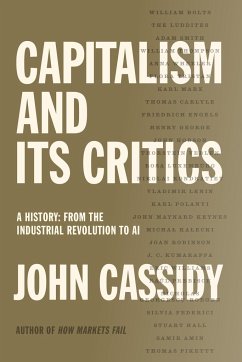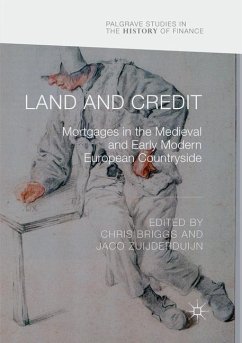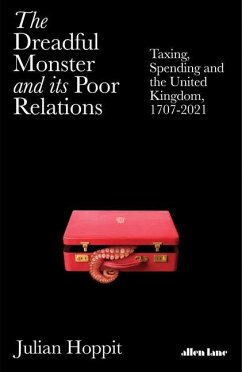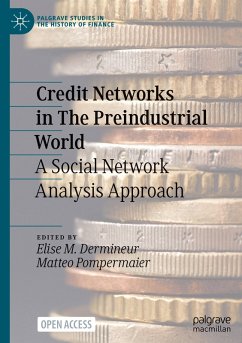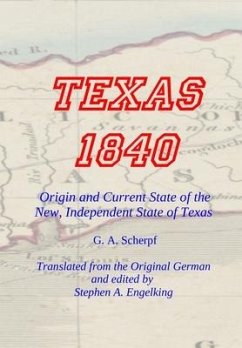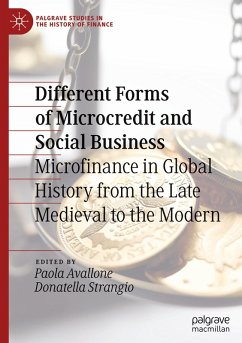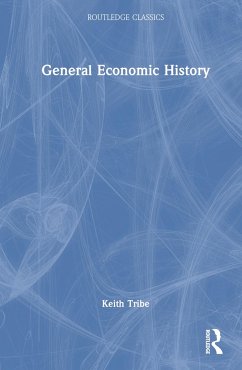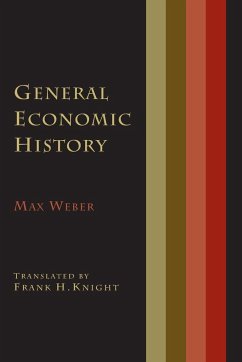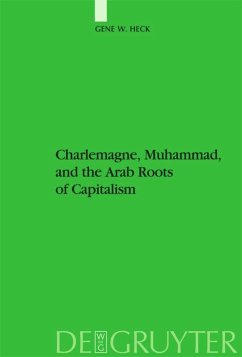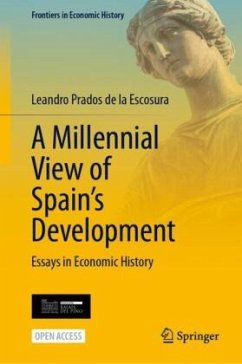
Preindustrial Payment Systems in Europe and Beyond
Monetary and Non-Monetary Forms of Payment, 14th - 20th Century
Herausgeber: De Luca, Giuseppe; Romani, Marina
Versandkostenfrei!
Erscheint vorauss. 5. April 2026
148,99 €
inkl. MwSt.

PAYBACK Punkte
74 °P sammeln!
This book analyzes how preindustrial monetary practices functioned, focusing on Europe and some selected colonial areas between the fourteenth and twentieth centuries. It explores the major contexts in which monetary circulation operated and provides a fascinating range of case studies from experts in the field. A primary context for this edited book is the raft of challenges associated with cash in the preindustrial period. Covering issues such as the slow circulation of coins, the risk of debasement, clipping, poor coin production, and parallel circulation of several currencies, the book o...
This book analyzes how preindustrial monetary practices functioned, focusing on Europe and some selected colonial areas between the fourteenth and twentieth centuries. It explores the major contexts in which monetary circulation operated and provides a fascinating range of case studies from experts in the field. A primary context for this edited book is the raft of challenges associated with cash in the preindustrial period. Covering issues such as the slow circulation of coins, the risk of debasement, clipping, poor coin production, and parallel circulation of several currencies, the book offers insight into the ways in which people dealt with the need to transact and exchange payment. It focuses on cash-equivalent goods and commodity currencies as well as traditional cash methods, looking at the physical development of money as well as exploring the structure of payment methods and financial systems in past societies. Grounded in extensive archival research, chapters use a range of sources such as notary deeds, wills, rent books, expenditure accounts, and public ledgers to analyze the dynamics of circulation and transaction in various settings, from the city to the countryside, regional to international contexts, and different European states. This will be highly valuable reading for scholars interested in financial and monetary history.



